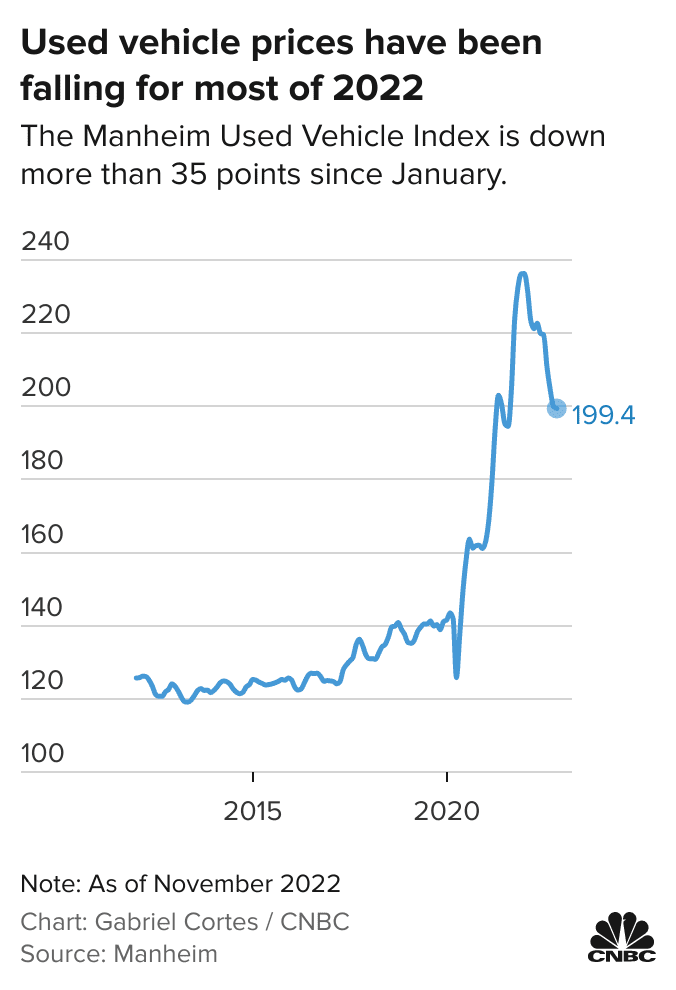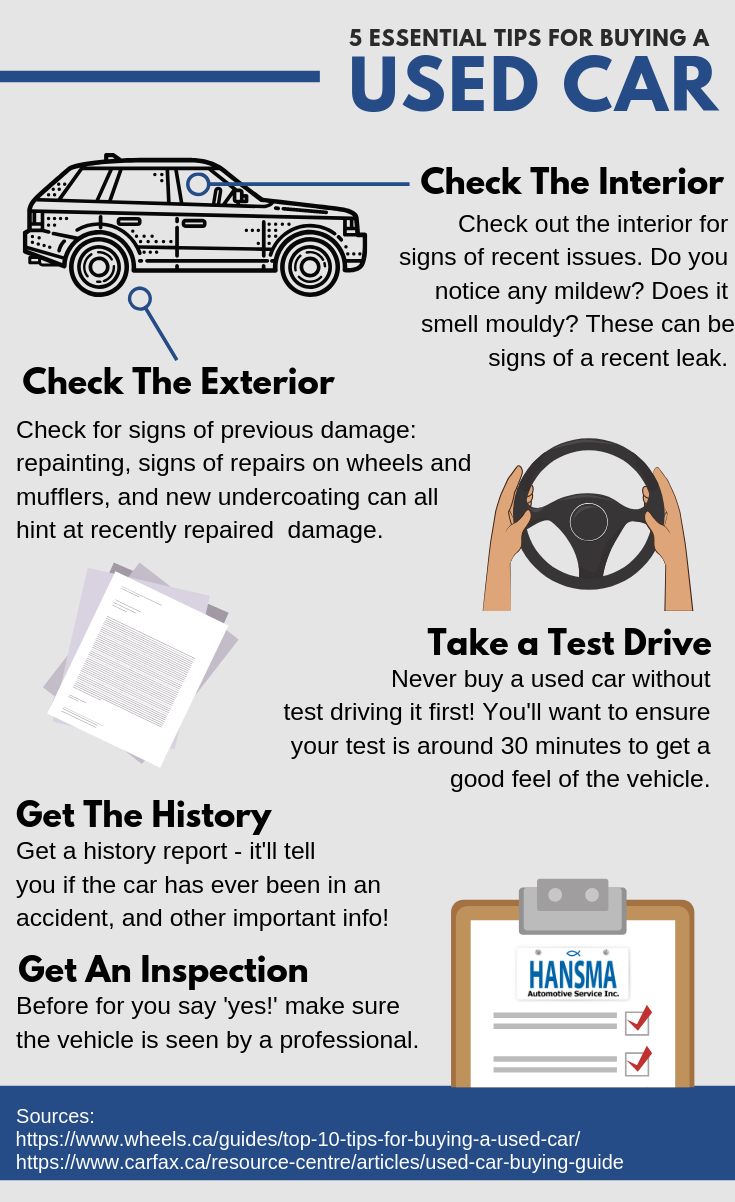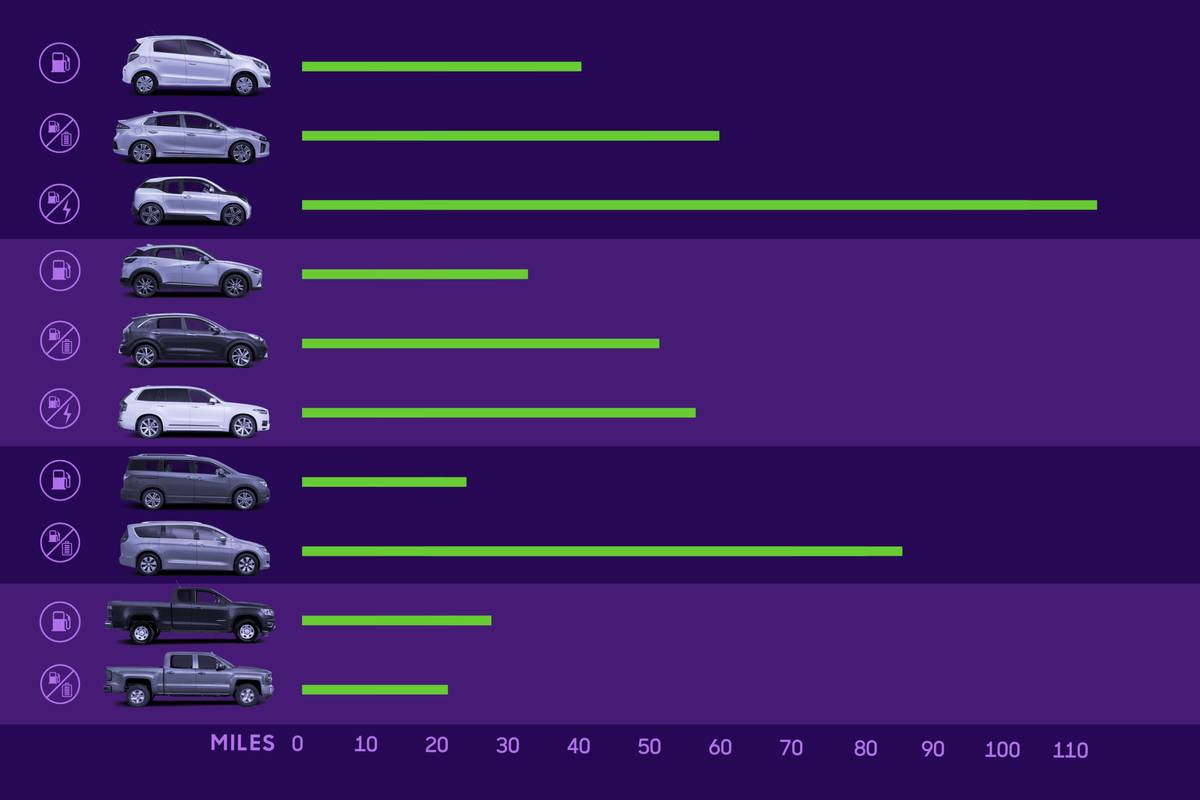When Will Used Car Prices Drop
Used car prices are expected to drop as new car inventory normalizes and economic factors shift. The timing of this change is uncertain but could happen within the next couple of years.
As the automotive industry grapples with the aftermath of supply chain disruptions, the once-inflated market for used cars shows signs of returning to pre-pandemic conditions. Consumers eager for more affordable vehicle options are examining market trends closely. High demand has kept used car prices at historic highs, but several indicators suggest a pending downward adjustment.
Analysts point to the recovery of new car production and a potential easing of semiconductor shortages as key factors that will influence used car valuations. Economic pressures such as inflation and changes in consumer spending power also play a role. Smart buyers are keeping an eye on these dynamics, understanding that patience might yield better deals on used vehicles in the not-so-distant future.

Credit: www.cnbc.com
Current Used Car Market Dynamics
The current used car market dynamics are complex. Multiple factors affect the highs and lows of used vehicle prices. Understanding these influences helps car buyers and sellers make informed decisions.
Factors Driving High Used Car Prices
Several key elements contribute to the soaring costs of used cars:
- Reduced New Car Inventory: A shortage of new vehicles pushes buyers toward the used market.
- Supply Chain Disruptions: Manufacturing delays lead to fewer new cars, boosting demand for used ones.
- Economic Factors: Low-interest rates and stimulus payments give consumers more purchasing power.
- Increased Durability: Cars now last longer, maintaining their value over time.
Recent Trends In Vehicle Resale Value
The resale value of vehicles has witnessed notable fluctuations recently:
| Year | Trend | Percentage Change |
|---|---|---|
| 2020 | Value Spike | +20% |
| 2021 | Stabilization | +5% |
| 2022 | Gradual Decrease | -3% |
Recent data implies a slight easing in used car prices. Yet, it’s crucial to monitor market trends for future shifts.
Economic Indicators That Influence Car Pricing
Many wonder when used car prices will adjust to more affordable rates. Prices hinge on several economic indicators. Understanding these can help consumers predict price trends.
Impact Of Interest Rates On Auto Loans
Interest rates play a critical role in auto loans and car affordability. The cost to finance a car changes with rate adjustments by central banks. Lower rates mean cheaper loans, which often lead to higher car demand and prices. Contrastingly, higher rates tend to reduce demand and ease up price inflation.
Global Economic Factors Affecting Car Supply
The second key area impacting used car prices is the global economic landscape. Various factors here influence car availability and price:
- Production Slowdowns: These can stem from various causes such as factory issues or labor strikes. They mean fewer new cars reach the market, pushing up used car demand and prices.
- Supply Chain Disruptions: Issues with getting parts like microchips can stall car production, reducing the used car stock as less people trade in for new models.
- Trade Policies: Changes in import/export laws can affect car supply and, consequently, pricing.
Forecasting Depreciation Rates
Finding the best time to purchase a used car often hinges on understanding depreciation rates. A vehicle’s worth typically declines the most in its early years. Knowing when prices will dip allows buyers to plan and save.
Historical Data On Used Car Depreciation
Car value falls quickly after driving off the lot. By year three, cars can lose about half their value. Historical trends offer insight. Below is the usual pattern:
- First year: 20-30% reduction.
- Years two to six: 15-25% drop annually.
- After seven years: Decline slows down.
Depreciation varies by make, model, and market demand. Luxury cars often depreciate faster than economy cars. SUVs and trucks hold value better due to high demand.
Expert Predictions For Future Values
Experts analyze market trends to forecast used car prices. Economists look at factors like:
| Economic Indicator | Impact on Car Prices |
|---|---|
| Inflation Rates | Higher rates may boost used car prices. |
| Interest Rates | Loan cost changes affect buying power. |
| New Car Availability | Scarcity can raise used car demand. |
Some specialists use predictive modeling to estimate future depreciation. These models combine historical data with current trends. Financial conditions, technology advancements, and consumer preferences shape the predictions.
As new models arrive, older versions may lose appeal. However, a global chip shortage has kept used car prices high recently.
Remember, predictions are not guarantees. Buyers must stay informed to strike when the time is right.

Credit: www.cars.com
Potential Catalysts For Price Reductions
Potential Catalysts for Price Reductions in the used car market hold the promise of relief for budget-conscious consumers. The ever-changing landscape of the automotive industry suggests shifts are on the horizon. Recognizing the dynamic factors at play can help forecast when prices might decline. Let’s explore some key drivers that could pave the way for lower costs in the used car market.
Changes In Consumer Buying Habits
Consumer behavior significantly impacts market prices. A shift in preference towards sustainable travel, such as cycling or using public transport, could reduce demand for cars. Here’s how such changes might unfold:
- Interest in green living promotes alternative transport.
- Carpooling gains popularity, decreasing individual car ownership.
- Remote work persists, cutting down commuting needs.
If more people opt for these habits, the demand for used cars could fall, leading to a decrease in prices.
Breakthrough In New Car Inventory Levels
Another possible catalyst for reducing used car prices is a surge in new car availability. Factors that signal this might include:
- Improved supply chain management accelerates production.
- Increase in microchip supply boosts car manufacturing.
- More new models launched, expanding buyer choices.
When new cars become more accessible, used cars often become cheaper. Dealers might offer better deals on trade-ins or used vehicles to move inventory. This scenario could significantly benefit those waiting for the right moment to purchase a car.
Strategies For Consumers
Understanding when used car prices will drop requires savvy consumer strategies. Being informed is key. This section will guide consumers through tactics for securing the best deals on used cars, focusing on the optimal timing and how to assess value based on features and mileage.
Timing Your Purchase Amidst Market Fluctuations
Market trends deeply impact car prices. Prices may dip due to increased inventory or seasonal sales. Keep an eye on economic indicators. Look for end-of-month deals when dealerships aim to meet quotas. Consider buying off-season; convertibles in winter, four-wheel drives in summer. November and December can offer discounts as dealers clear inventory for new models.
Evaluating Car Features And Mileage For Best Value
Selecting a used car is a balance between features and mileage. Use the following checklist to guide your choice:
- Low mileage often indicates less wear and tear.
- Check vehicle history to uncover potential issues.
- Prioritize fuel efficiency for long-term savings.
- Essential features should include safety and reliability.
- Consider after-market value. Choose models that hold value.
Compare cars using a simple table to visualize the best investment:
| Car Model | Mileage | Year | Key Features | Price |
|---|---|---|---|---|
| Honda Civic | 30,000 | 2019 | Safety package, Fuel-efficient | $15,000 |
| Toyota Corolla | 25,000 | 2020 | Reliability, Resale value | $18,000 |
Remember, proper timing and careful evaluation can lead to significant savings when purchasing a used car. Keep these tips in mind, and you may find the perfect vehicle at a much more appealing price. Arm yourself with knowledge and patience, and you’ll be set to make a wise car-buying decision.
Long-term Outlook For Used Car Market
The long-term outlook for the used car market remains a puzzle packed with various economic, technological, and social pieces. Buyers and sellers alike wonder if the surge in pricing will level out or continue its steep climb. As we peek into the horizon, key factors come into play, signaling potential shifts in the landscape of pre-owned vehicles.
Influence Of Electric Vehicles On Used Car Pricing
The rise of electric vehicles (EVs) alters used car economics. New EV models roll out rapidly, nudging older petrol and diesel vehicles off-center stage. Here’s how EVs might impact second-hand car values:
- Depreciation: Gas-powered models could depreciate quicker as demand for EVs grows.
- Supply: More EV options may lead to a wider selection of pre-owned electric cars.
- Tech Advances: Newer EV tech can make older electric models seem outdated faster.
These forces may drive down prices for used gasoline and older electric vehicles, making them more accessible.
Predicting The Next Normal In Used Vehicle Pricing
Finding the ‘new normal’ in used car pricing is like forecasting weather—a mix of data and speculation. Here’s what experts suggest about future pricing trends:
| Economic Factors | Market Prediction |
|---|---|
| Inflation | Higher consumer costs could push used car prices down as buying power decreases. |
| Interest Rates | Rising rates may cool down demand, leading to lower used vehicle prices. |
| Production | As new car inventory stabilizes, used car prices might reduce. |
Careful observation of these elements may give us hints about used car market shifts. However, precise predictions remain tough amid such complex dynamics.
Credit: www.jpmorgan.com
Frequently Asked Questions Of When Will Used Car Prices Drop
When Are Used Car Prices Predicted To Decrease?
Predictions suggest used car prices may start to decrease as new car inventory normalizes, potentially within the next year. Market demand and economic factors will play key roles.
What Factors Influence The Drop In Used Car Prices?
Used car prices are influenced by new car supply, economic conditions, consumer demand, and interest rates. An increase in new car supply typically leads to lower used car prices.
How Does The Economy Affect Used Car Prices?
Economic downturns often reduce consumer spending power, leading to a decrease in used car prices. Conversely, a strong economy can maintain or increase their value due to higher demand.
Can Increased New Car Production Reduce Used Car Values?
Yes, as new car production ramps up and supply constraints ease, used car values are likely to decline. This is due to improved availability and buyer preference for new models.
Conclusion
Predicting the exact timeline for a drop in used car prices remains challenging amid fluctuating market conditions. Nevertheless, savvy buyers should monitor industry trends closely. Following economic indicators and supply chain updates can offer valuable insights. Stay informed and poised to make your move when the opportunity arises.





